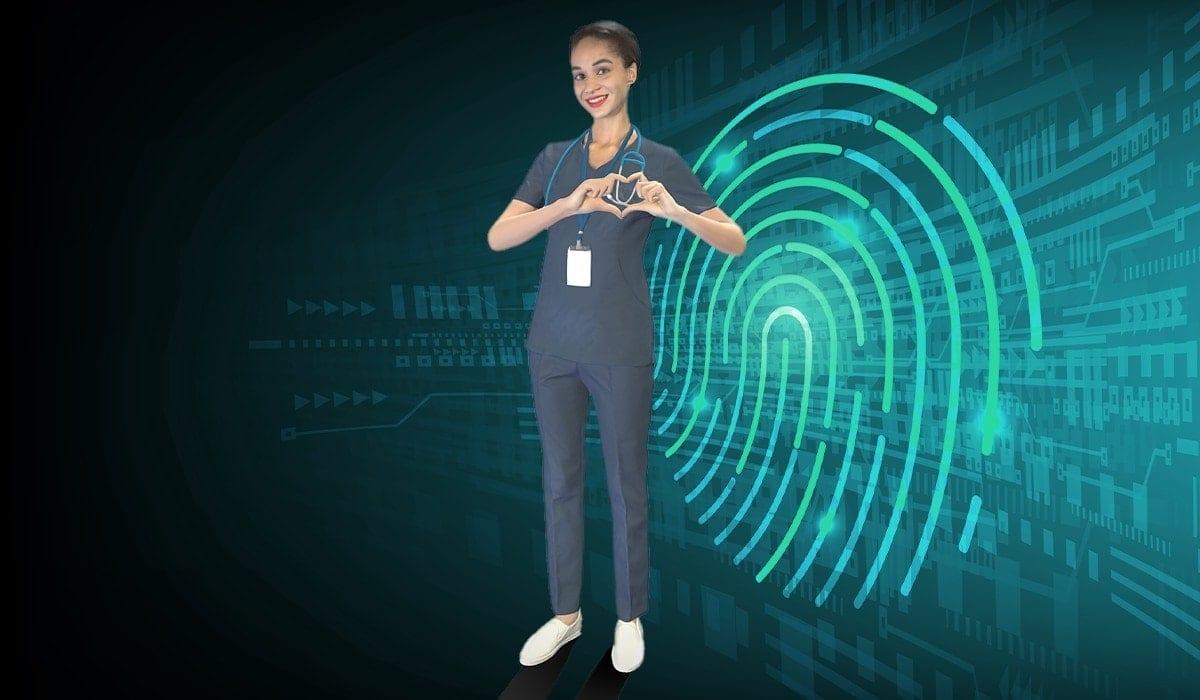Biometric security advancements and concerns
Fikile Sithole![]() Invalid date
4 minutes, 14 seconds
Invalid date
4 minutes, 14 seconds
459 views 3 Likes
In the ever-evolving landscape of digital security, biometric authentication has emerged as a powerful and convenient means of safeguarding sensitive information. From fingerprint recognition to facial and iris scans, biometric technologies have made significant strides, offering enhanced security and user experience. However, alongside these advancements come legitimate concerns that warrant a closer examination of the risks and ethical considerations associated with biometric security.
Advancements in Biometric Security:
-
Fingerprint Recognition: Fingerprint recognition is one of the earliest forms of biometric authentication and remains widely used. Advances in sensor technology have improved accuracy and speed, making it a popular choice for unlocking smartphones and securing access to sensitive data.
-
Facial Recognition: Facial recognition technology has become increasingly prevalent in various applications, including airport security, law enforcement, and mobile device authentication. Machine learning algorithms have enhanced accuracy, allowing for quick and reliable identification.
-
Iris Scanning: Iris scanning involves capturing the unique patterns in the colored part of the eye. This method provides a high level of accuracy and is often employed in high-security environments.
-
Voice Recognition: Voice recognition technology analyzes the unique vocal patterns of individuals for authentication. Improvements in natural language processing and machine learning have made voice recognition more robust and secure.
-
Behavioral Biometrics: This emerging field focuses on unique behavioral traits such as typing patterns, mouse movements, and even the way users interact with touchscreens. Behavioral biometrics add an additional layer of security by continuously authenticating users based on their behavior.
Concerns Surrounding Biometric Security:
-
Privacy Issues: Storing and managing biometric data raise concerns about privacy. If compromised, biometric information cannot be easily replaced like passwords. Striking a balance between convenience and protecting individuals' privacy remains a challenge.
-
Data Security and Storage: The centralized storage of biometric data poses risks. A breach could have severe consequences, as once compromised, biometric information cannot be reset or changed. Stringent security measures are essential to prevent unauthorized access to biometric databases.
-
Algorithmic Bias: Biometric systems are not immune to biases present in the data used to train them. If the training data is skewed, the system may exhibit biases, leading to inaccurate or unfair results, particularly in facial recognition technology.
-
Spoofing and Tampering: Despite technological advancements, biometric systems can still be susceptible to spoofing or tampering. Methods such as creating synthetic fingerprints or using high-quality photographs in facial recognition may compromise the security of these systems.
-
Legal and Ethical Considerations: The use of biometric data raises ethical questions surrounding consent, user awareness, and the potential misuse of such information. Establishing clear regulations and ethical guidelines is crucial to navigating the evolving landscape of biometric security.
Conclusion:
Biometric security has undoubtedly transformed the way we authenticate ourselves in the digital world, providing a more secure and user-friendly experience. However, it is essential to address the associated concerns to ensure the responsible and ethical use of biometric technologies. As we continue to witness advancements in this field, a collaborative effort involving technology developers, policymakers, and the public is crucial to strike a balance between innovation and protecting individuals' privacy and security

